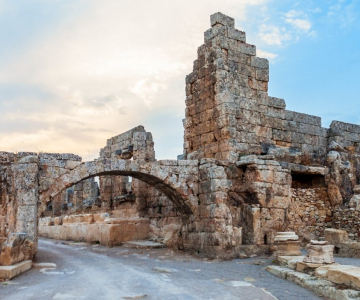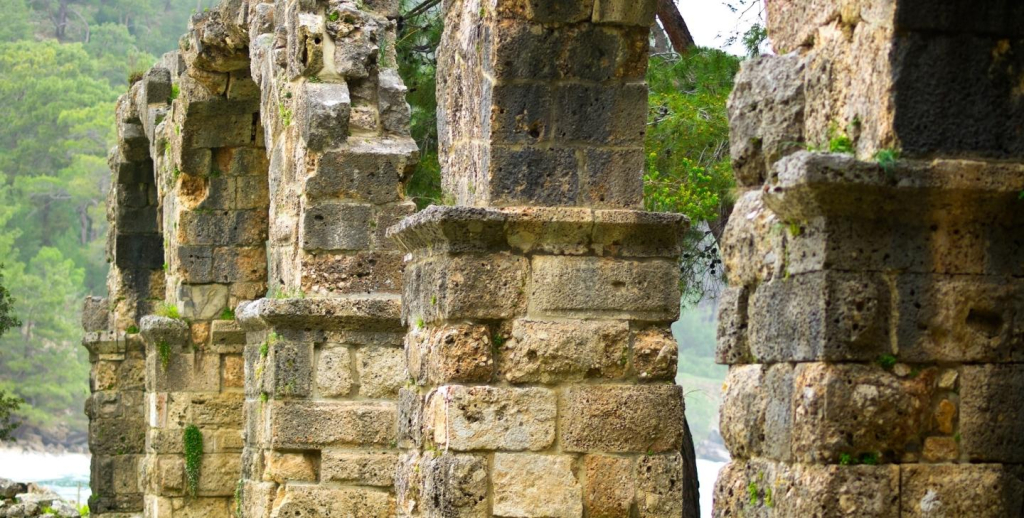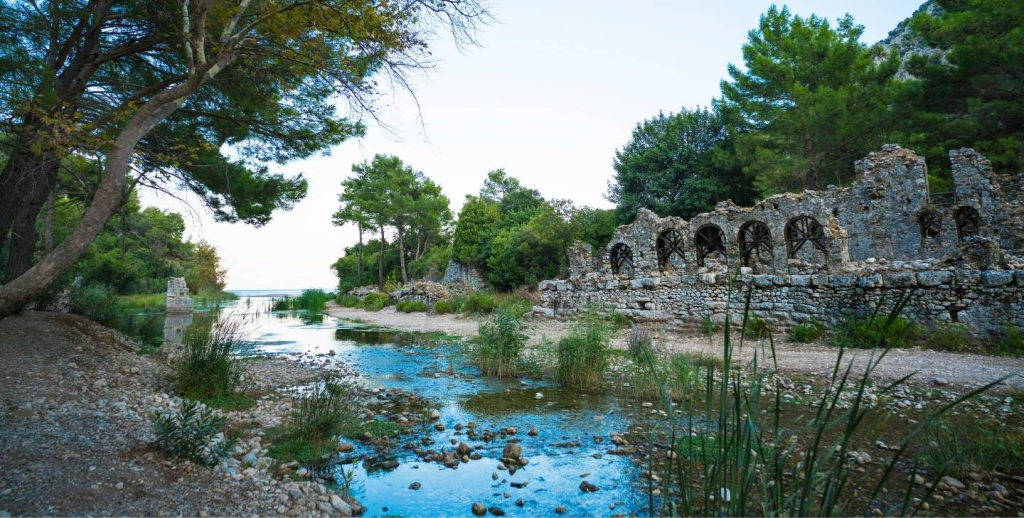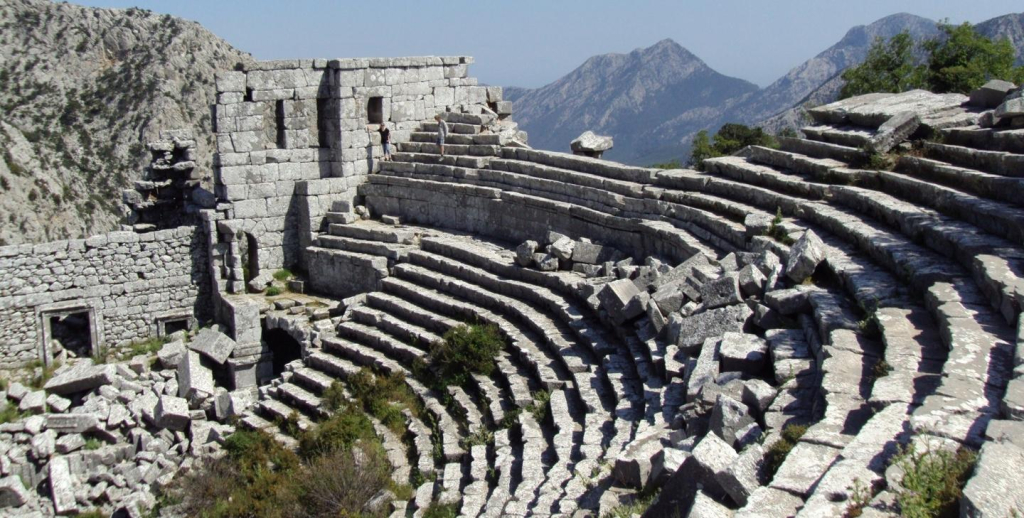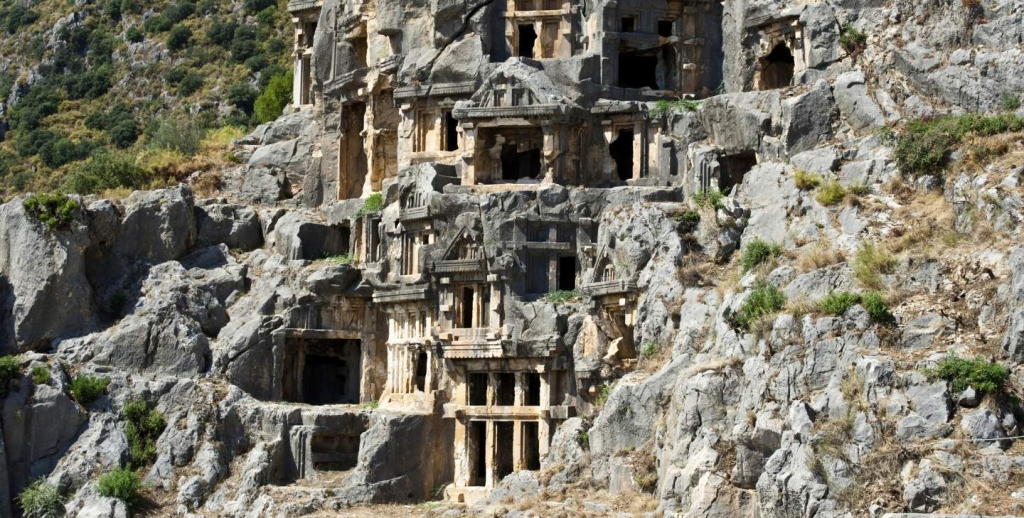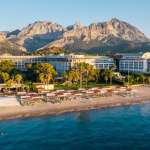One of the most special desserts in Turkish cuisine, künefe is a traditional delicacy that has carried the traces of different cultures throughout history. Originating in the Middle East, künefe has gained a unique identity in cities such as Hatay, Gaziantep and Mersin. This dessert, which has been on tables for centuries, was also frequently preferred in the Ottoman palace kitchen.
Today, künefe is enjoyed throughout Turkey, offering dessert lovers both a cultural heritage and a unique flavour.
The Preparation of Künefe: A Meticulously Crafted Art
The preparation of künefe becomes a work of art in the hands of a master. The basic ingredients are shredded phyllo dough, unsalted cheese, syrup, and butter.
👉Wire kadayif is spread over a tray greased with butter.
👉A generous amount of unsalted cheese is added on top.
👉It is covered with a second layer of wire kadayif.
👉It is cooked in a copper tray over low heat.
👉After being drenched in syrup, it is garnished with pistachios.
The result is a warm, crispy dessert with the lingering flavour of cheese, leaving an unforgettable taste on the palate.
The Flavour of Künefe: Where Sweetness Meets Serenity
The most distinctive feature of künefe is the perfect balance between sweet and savoury. The sweetness of the syrup combines with the light saltiness of the cheese to create a unique harmony in the mouth. Moreover, serving it piping hot adds a special charm to the dessert.
After a lovely day on holiday, eating a warm künefe by the sea or in your hotel’s restaurant brings peace to both your soul and body. That’s why künefe is not just a dessert but also a source of happiness.
Enjoying Künefe on Holiday in Antalya
The good news for dessert lovers is that it’s very easy to experience this unique flavour while on holiday in Antalya. Many restaurants and hotels in the city offer delicious künefe made by master chefs.
For those wondering, ‘Which are the best hotels in Antalya?’, let us say: Kilikya Palace in the Kemer region, with its rich menu of flavours, stands out for both its comfortable holiday facilities and its rich cuisine. At Kilikya Palace, you can also find traditional Turkish desserts.
Furthermore, for those seeking answers to the question, ‘Which hotels in Antalya are suitable for holidays?’, Kilikya Palace Hotel offers holiday days immersed in nature and the sea, with options catering to different tastes, such as rooms with sea views, all-inclusive concepts, and rich world cuisines.
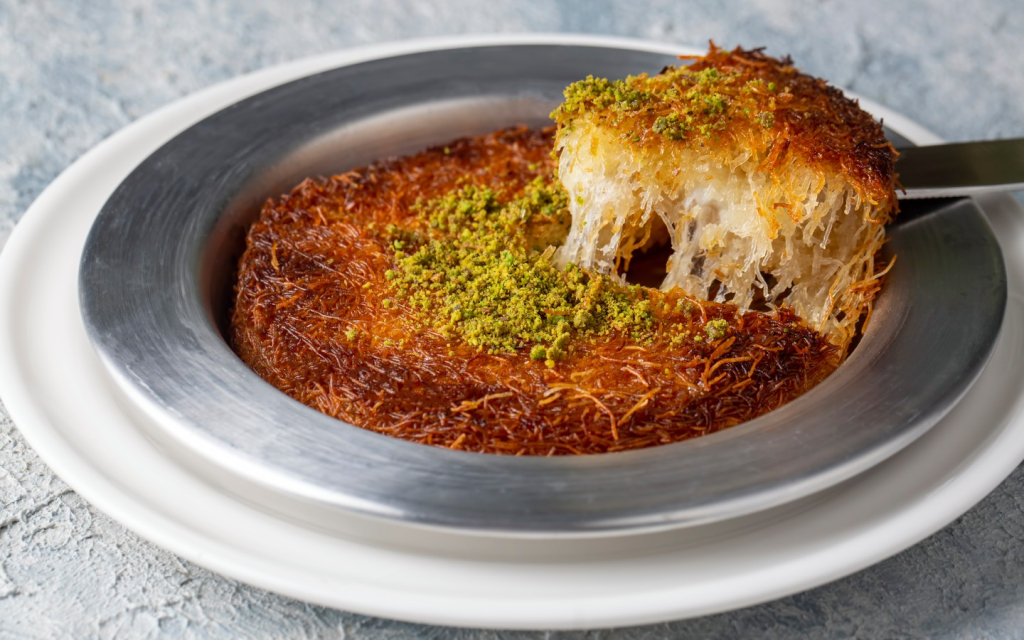
Unforgettable Memories on Holiday with Künefe
While enjoying the sun, sea, and nature during your holiday in Antalya, crowning your dinner with a warm künefe is a unique experience. Especially when shared with loved ones, the sweet treat becomes part of beautiful memories.
For many holidaymakers, künefe is not just a flavour but also a symbol of peace and happiness during their holiday.
Holidays in Antalya and Künefe
A cultural heritage, künefe is one of Anatolia’s most special desserts, touching not only the palate but also the heart. While holidaying in Antalya, be sure to experience this unique dessert offered by luxury hotels.
For holidaymakers seeking answers to both ‘Which are Antalya’s best hotels?’ and ‘Which hotels are suitable for holidays in Antalya?’, our recommendation is this: make your holiday unforgettable by savouring künefe in Antalya hotels where comfort, tranquillity and gastronomic pleasure come together.
After a day by the sea, your holiday will be even more delicious with a warm künefe.
